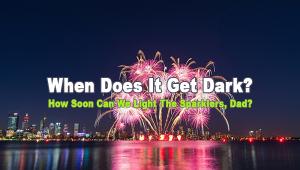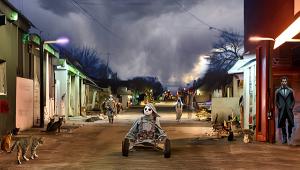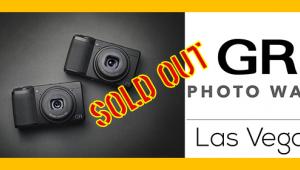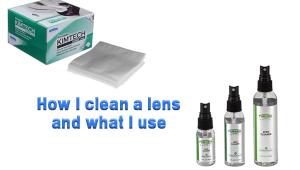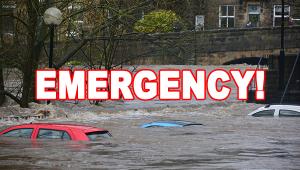CFL

I suppose that means if you live in the Arctic or somewhere else where winter temperatures fall well below zero you should only change light bulbs May through September to minimize the risk of dropping one when it’s cold outside. Sadly, that runs afoul of the northern nights that last six months; but it could possibly explain why some Eskimos still burn fish oil in their lamps. I think it’s fish oil…in any case, it appears to be safer to dispose of a broken Tuna, mercury content not withstanding.
When I learned that CFLs do not reach peak efficiency until they’ve been on for about 15 minutes, I began to do a little research. Like so many other things that sound too good to be true, they are. Aside from being a single serving of mercury poisoning, CFLs (for the most part) cannot be dimmed. Dimmers operate by turning incandescent light bulbs off and on very quickly. CFLs don’t cotton to that at all. And that’s too bad because dimmers can save energy and extend bulb life.
I don’t care what the package says, every time I replace a standard tungsten bulb with a CFL—like in my yard light and in my basement—it just doesn’t seem as bright as it did with the old GE Softwhite, even though they swear that the output is “equivalent.” And the colors look a little spooky, too.
CFLs do have one huge advantage, however, and that’s why they’re being mentioned in this blog. They don’t get very hot, even when they’re on for a long time. Now, I’m not suggesting you press one of these babies against your cheek, but they definitely run cooler than a standard incandescent bulb.
And for that reason they work well for table top photography. In an inexpensive steel reflector they can be positioned close to a subject for long periods of time without overheating. They’re a bit safer to handle because the reflector doesn’t get dangerously hot. And although the color temperature they radiate is inconsistent (and apparently not constant, either) you can compensate by using the manual white balance setting (sometimes called Custom WB) on your camera.
Look for 10- or 12-inch steel reflectors that have a porcelain lamp socket, 10-foot cord and spring clamp. I found some at a hardware super center for about $6 a piece. Add some 100 Watt CFL bulbs and you have a cost efficient—and possibly energy efficient—lighting system. I use large sheets of rough-textured Styrofoam insulation (another hardware store bargain) to reflect the light back toward the subject to eliminate the shadows. Give it a try—and let us know the results.
